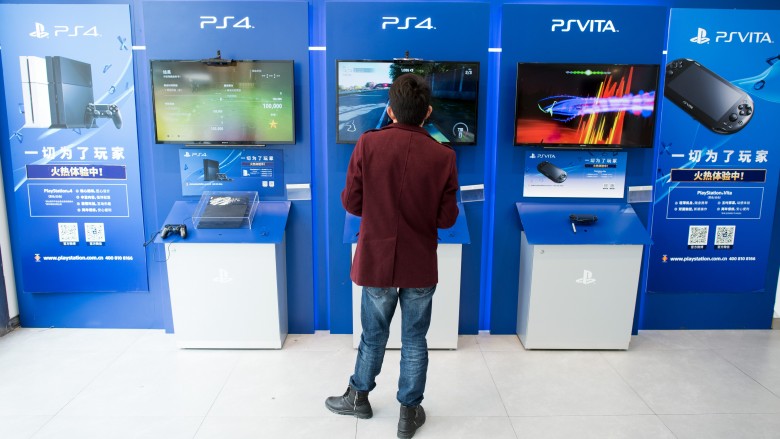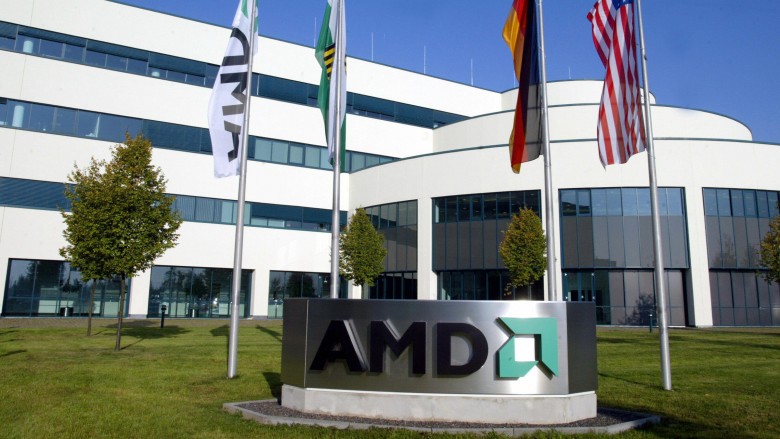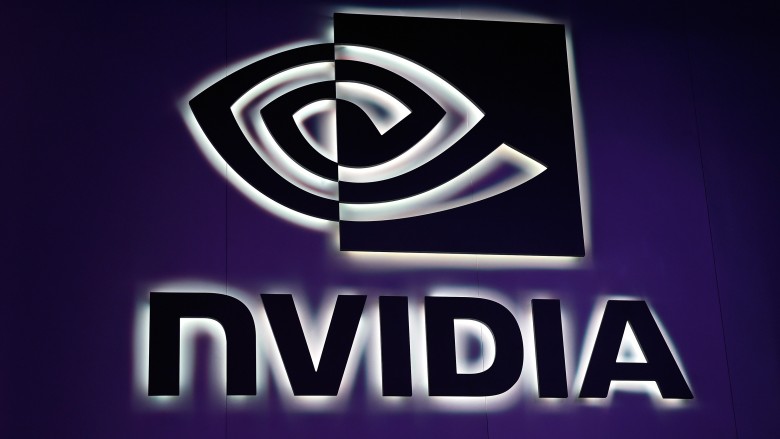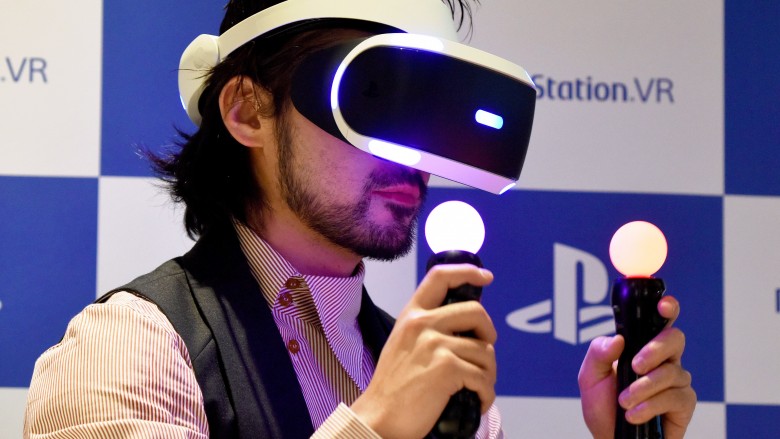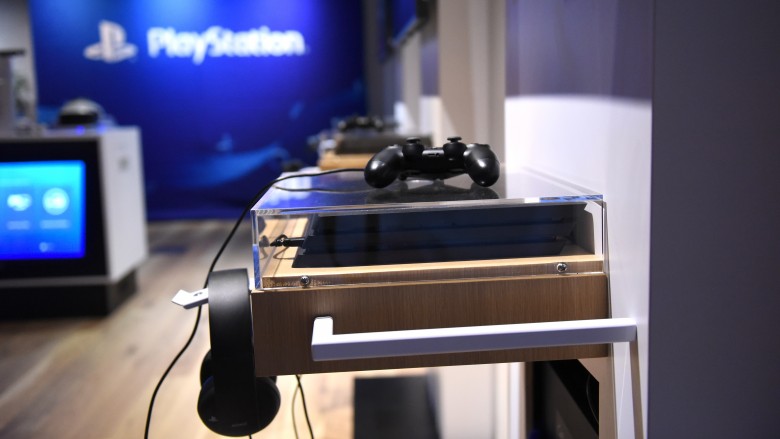Why There May Never Be A PlayStation 5
Sony's PlayStation 4 Pro and PS Now represent a changing of the guard for console gaming. Sony's efforts have blurred the line between the console and the PC, puzzled investors and consumers, and challenged industry insiders' preconceived notions. At the same time, the company's unique current-gen products have reached across artificial divides among gamers, reinvigorated interest in Sony's PS4 console line, and inspired some unlikely copycats. The days of console cycles are over. Here's why there will never be a PlayStation 5.
PS4 Pro shows the promise of iterative console development
The PS4 Pro is different. It's an example of iteration, which describes any methodology that produces similar results each time you follow it—the principle behind program loops, assembly lines, and cooking recipes. Each new iteration of a build shares much of the same "design DNA," so to speak. No denying it: Sony is taking a big chance by going into iterative console development with the PlayStation 4 Pro. Can the company convince its loyal customers to pay as much for Pros as they paid for their PS4s? It plays all the same games.
Understanding iteration is crucial to understanding why there will never be a PS5. In terms of power and performance, there are no iterations of the PS2—specwise, a PS2 is a PS2—and there are a few versions of the PS3 in terms of storage space and style of emulation, but that's it.
Nvidia, the hardware company that Sony enlisted to make the PS3's GPU, had a one-build-fits-all mentality. PS3s have identical GPU chipsets. Now, compare the limited scope of the PS2 and PS3 with the diversity of Nvidia's own iterative line of PC graphics cards. Saying you have a PS2 or a PS3 is perfectly sufficient, but telling someone you have an "Nvidia GeForce" graphics card says almost nothing about its specs. You could have the first GeForce card, 1999's GeForce 256, the supernaturally powerful VR- and 4K-ready GeForce GTX 1080, or literally anything in between. The willingness to read, research, and compare specs is one of the main identifiers of a PC gamer. That's not to say console gamers can't understand specs, just that they have not needed to—until very recently. One of the conveniences of console gaming was not having to check minimum system requirements when you bought a game.
Sony might just make iterative versions of the PS4 from here on out, never needing to answer questions about backwards compatibility again. Is the company as out of touch now as it used to be, or have they at last learned from their mistakes? It's too early to say for sure, but we think they're on the right track.
AMD and x86 architecture are here to stay
With the PS4, Sony didn't just break new ground in terms of design. It also directly opposed the PlayStation brand's established tradition of backwards compatibility. The PS3 was a state-of-the-art console with backwards compatibility for many PS2 titles and even some PS1 titles, just as the PS2 had been backwards compatible with many PS1 games. The PS4 appeared to be a medium-range PC dressed up as a console, offering no backwards compatibility for the PS3, PS2, or PS1. It just didn't make sense—but there was a method to the madness.
After a falling out with Nvidia over the PS3's sales margins, Sony partnered with AMD to make the PS4 and the PS4 Pro. That's important because AMD controls 30 percent of the market for PC graphics cards. The PS4 and PS4 Pro use x86 architecture, a design common to most modern gaming PCs, but rare in console gaming. The more a console's design resembles a PC, the more familiar it is to developers. That familiarity works both ways; it makes the console easier to replicate and tweak for later iterations, and it makes game development for those consoles less of a headache.
AMD makes the CPUs and the GPUs for PS4s and PS4 Pros. Why even call the PS4 and PS4 Pro PlayStations? They're not consoles. They're custom-made AMD gaming computers in boxes marked console—which is their strength as well as their staying power. Who needs a PS5 when you can continually release new, upgraded, demographically targeted iterations of the PS4?
Contrary to the all-or-nothing "old way" of going for broke each console cycle and putting the entire company's hopes on one new machine, Sony's goal for its partnership with AMD is to change the PS4 from a specific product to a brand, a line, a series. It's not about selling one specific console anymore. It's about selling a type of console and offering options within that line, in the same way Nvidia does with its discrete desktop graphics cards.
Sony has learned its lessons from Nvidia and the PS3's RSX GPU
Sony's partnership with Nvidia lasted just one console generation. Nvidia's RSX "Reality Synthesizer" GPU chip for the PS3 was very powerful technically, but a royal pain for software developers to master. That wasn't the only hurdle Nvidia faced during its involvement with the PS3. In 2006, Nvidia CEO Jen-Hsun Huang declared that the PS3 would "last a decade." It was hard to believe coming from a company that released new iterations of its graphics card lines several times per year—and, considering we've only just passed the decade mark and the PS4 is already old news, the prediction was clearly off.
Although the naming conventions of Sony's consoles have implied iterative development from the start (PS1, PS2, PS3, and so on), beneath the consoles' plastic cases we find very different machinery powering the experiences. For instance, schematically, the PS3's Nvidia-built GPU hardware looks nothing like the Sony-built GPU of the PS2—or the AMD-built GPUs of the PS4 and the PS4 Pro. For the curious, in-depth explanations of the PS3's six-core Cell Architecture chip and the PS4's eight-core CPU abound elsewhere on the internet. We'll leave the technical distinctions to the experts. We care more about what the design shifts say in terms of where Sony's consoles are going—and they say the PS3 was the last of its kind.
PSNow keeps getting better
PlayStation Now promised something that seemed impossible: PS3 games streaming with no input lag. Sony accomplished this feat in 2012 by acquiring Gaikai, a company founded with the express purpose of developing high-quality cloud-based game streaming technology.
Similar to GameFly Streaming, analogous to a long-range version of Steam In-Home Streaming (but with Sony properties, of course), and described rather crudely by some critics as "Netflix for video games," PlayStation Now lets PC gamers enjoy the console exclusives they missed out on during the last console generation. For gamers who'd resigned themselves to never playing console masterpieces, PlayStation Now has been a godsend...when it works.
Unfortunately, sometimes the PlayStation Network simply gets overloaded. The tubes get clogged, the webs get tangled, the internet metaphor fails, and the service stops working. If you're using the service when it stalls and the game you're playing happens to have few save points, be prepared to lose your progress. The good news is, these heartbreaking technical failures have been decreasing in frequency, as the server count and software library expand.
Subscription gaming services already exist for PC games, in particular EA's Origin Access. In January 2017, Sony's former partner Nvidia joined the fray with GeForce Now, a clever appropriation of the PSNow model. It's very possible that subscriptions will one day supplant owning game licences altogether. (Watch out, Valve.) We predict that, with the breathing room afforded by iterative console design and the unprecedented power of the PS4 Pro, Sony will have the time and resources to refine the PSNow gameplay experience into something truly revolutionary. Pulling resources away from PS Now to gamble on a PS5 would be silly.
With PSNow, console exclusives are no longer console exclusives
PC gamers can now enjoy faithfully emulated versions of PS3 exclusives such as The Last of Us, the God of War series, the Ratchet and Clank series, the Resistance series, the Uncharted series, Shadow of the Colossus, and the Infamous series. Sony recently added Red Dead Redemption, another massively popular console title PC gamers had previously missed out on, to the already impressive 449 other games on the PSNow lineup.
In a way, PSNow is more revolutionary than the PC-like architecture of the PS4. It goes against everything we know about console development and what matters to console makers. Until the advent of PSNow, rights of exclusivity had been consoles' strongest defense against obsolescence. A console is only as strong as its exclusive software, conventional wisdom tells us. And yet here's Sony telling PC gamers, "Look, we know you're not going to get a PS3. That ship has sailed. We also know you really wish you could have played some of our PS3 titles, so we'll make a deal with you: pay us a monthly fee and you can play PS3 games on your PC." In this respect, PSNow is an unexpected software-and-subscription-based iteration of the PS3. It's another option.
That said, if we want to play Uncharted 4: A Thief's End, we'd better be prepared to shell out for a PS4 or PS4 Pro—but will that always be the case? It's an enticing question. When, if ever, will PSNow expand to include PS4 titles? If PSNow continues to get bigger and better (as we believe it will), could there one day be PSNow-exclusive games, like there are Netflix- and Amazon-exclusive shows? All of these questions show that the real power of the PlayStation line has always been, and will continue to be, its software library. It's why we bought our PS4s, it's why we're tempted to buy PS4 Pros, and it's another reason why you'll never see a PS5.
For better or for worse, PS4 Pro bridges the divide between console and PC
Once upon a time, you could tell consoles and PCs apart with ease. Today, you use your PS4 for watching movies, reading Looper, buying stuff, accessing your social media accounts, and more. Modern consoles' variety of capabilities has given rise to a paradoxical demographic: the non-gamer who buys a console to use it as a media center or for relatively affordable in-home VR.
In this new era, console gamers have started to think like PC gamers. Until the eighth generation, new consoles meant a clean slate, a new rotation of the "console cycle," maybe some backwards compatibility but otherwise new gear, new hardware, new peripherals, a new library of games. That's all changed now. Thanks to Sony's embrace of iteration, console cycles—once a mainstay of the industry—are no more. You won't see a PS5, but you will see countless iterations of the PS4, an ever-expanding library of games, and more and more functionality with each new iteration. The PS4 Pro's 4K, PS VR, and HDR support are just the beginning.
The PS4 Pro has got a lot of people buying ordinary PS4s
Regardless of the PS4 Pro's performance in the market, we expect Sony to continue the iterative console trend. Remember, marketing the PS4 Pro is secondary to Sony's overall goal. They're mainly focused on rebranding themselves as a contender in a changing tech market. If the 2016 holiday season is any indication, Sony's foray into iterative consoles has been a success in one regard: people are buying PS4s and PS4 Pros. The real money, though, as Netflix and Amazon Prime can attest, is in subscription services—and PSNow is shaping up to be an industry game-changer. Even if one day a PlayStation 5 is released, it'll be a PS5 in name only, with another AMD iteration of the PS4 under the hood.


